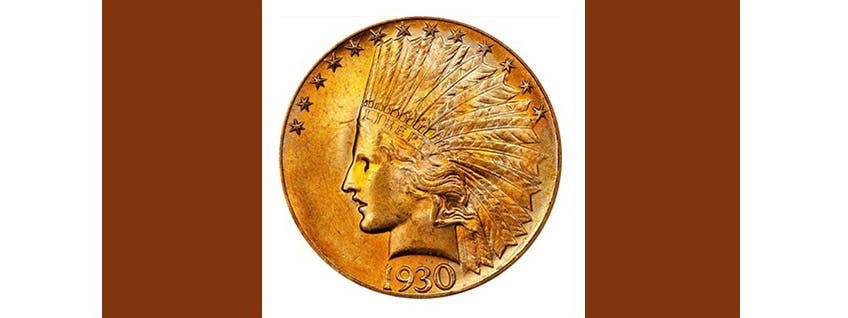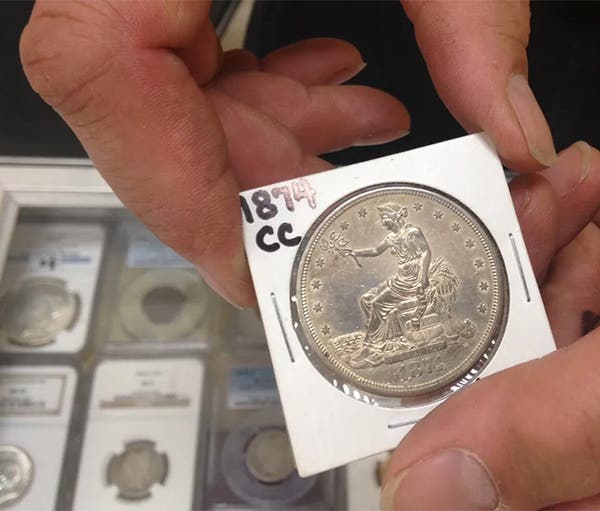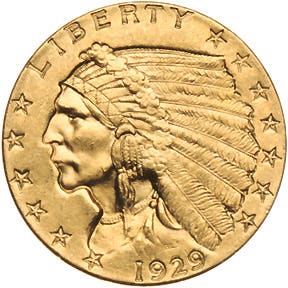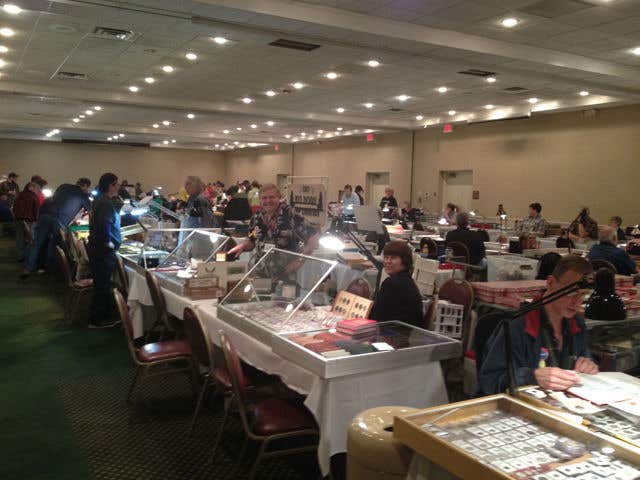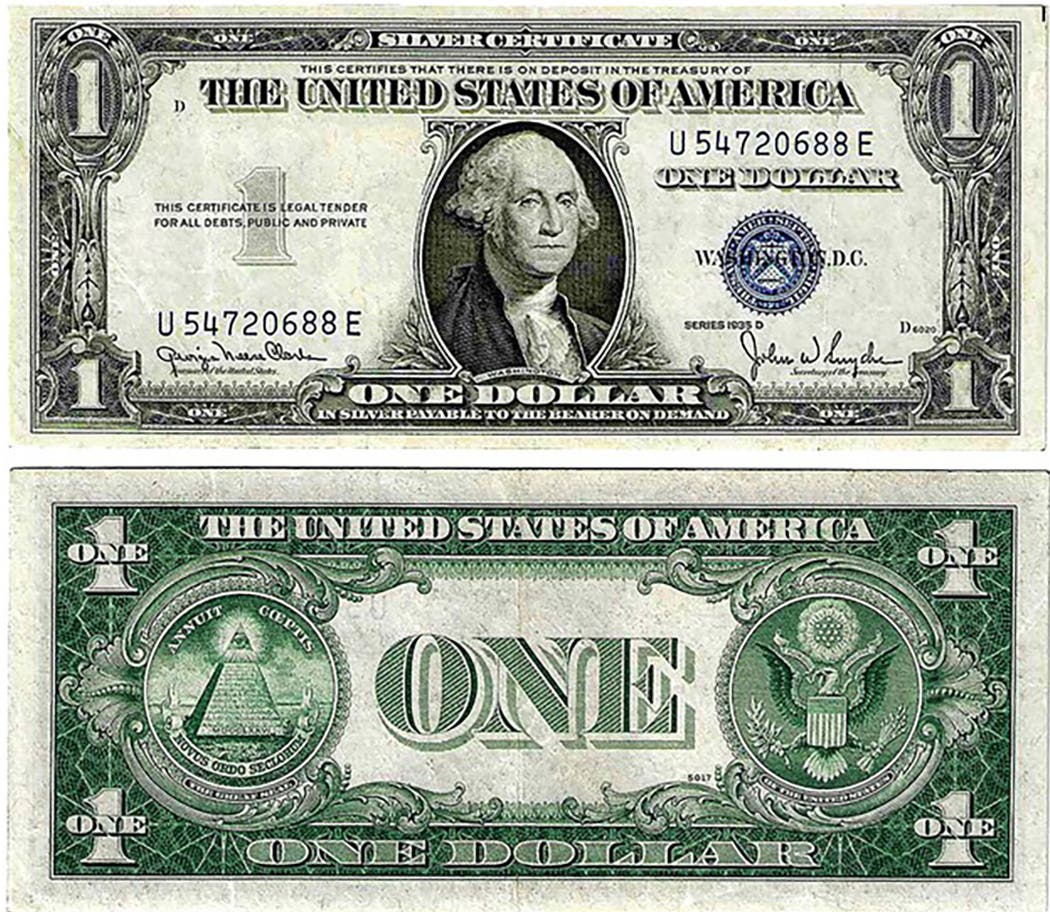Go with higher grade 1870 3-cent
The silver three-cent piece was on its way out by 1870. The idea of a silver three-cent piece had been an interesting one based not on need but rather finding…
The silver three-cent piece was on its way out by 1870. The idea of a silver three-cent piece had been an interesting one based not on need but rather finding some coin which could circulate. This was due to some rather unusual circumstances. Shortly after gold had been discovered in California in the late 1840s, the prices of metals began to change. By about 1850, it was more costly to make a silver coin than its face value. The price of silver was fueling the problem.
The logical solution was to reduce the amount of silver in coins. However, Congress back in the early 1850s stopped a bit short of being dynamic. Rather than tackle the real issue, they were convinced that a new 75 percent silver three-cent coin would solve some of the problems. The reason for the new coin they were told was to make it easier to buy a postage stamp which were three cents each at the time. It was a clever approach as instead of voting for reduced silver or to have a three-cent coin with just 75 percent silver so they could circulate, the members of Congress felt they were providing their voters not with debased silver coins but rather coins that would make their lives easier. Of course, back in the early 1850s, the number of people needing stamps was limited, but at least initially, the 75 percent silver three-cent coins had worked.
In 1853, when Congress was finally forced to set the silver in the three-cent piece, it was moved to 90 percent. With the start of the Civil War, the 90 percent silver three-cent piece vanished from circulation as did any silver or gold coins. Even copper cents started to vanish. In a wave of new compositions and denominations, a copper-nickel three-cent piece was introduced in 1865 but production continued on silver three-cent pieces.
Once the Shield nickel got established in 1866, a three-cent piece of any composition was doomed but, for a time, silver and gold coins were scarce in certain parts of the country.
By the 1870s, there was little reason to keep producing both. In the case of the silver, production was at token levels. The 1870 three-cent piece had a mintage of just 4,000 pieces while the copper-nickel version was over 1.3 million. One was still in use and the other was not.
Of the 4,000 silver 1870 three-cent pieces, it is believed that 25 percent were proofs. That is really a significant number but it fit in well with the collecting pattern of the day. To obtain a new coin every year for their collections, collectors would go to the Philadelphia facility and strike a deal to get a proof coin.
With the proofs going to collectors and business strikes going into circulation, it is not surprising that today it is easier to find a Prf-65 than an MS-65 of some dates. It holds true for the 1870 which is $4,400 in MS-65 but just $1,500 in Prf-65.
The price structure of the 1870 is interesting as it is $335 in G-4 but only $550 in AU-50, a small gap between two different grades. When you consider the mintage, the AU-50 is a temptation.
The 1870 has moved little in price in recent years due to the modest demand but it is an excellent coin of a long forgotten denomination.
This article was originally printed in Numismatic News.
>> Subscribe today or get your >> Digital Subscription
More Collecting Resources
• Liked this article? Read more by subscribing to Numismatic News.
• Are you a U.S. coin collector? Check out the 2016 U.S. Coin Digest for the most recent coin prices.


